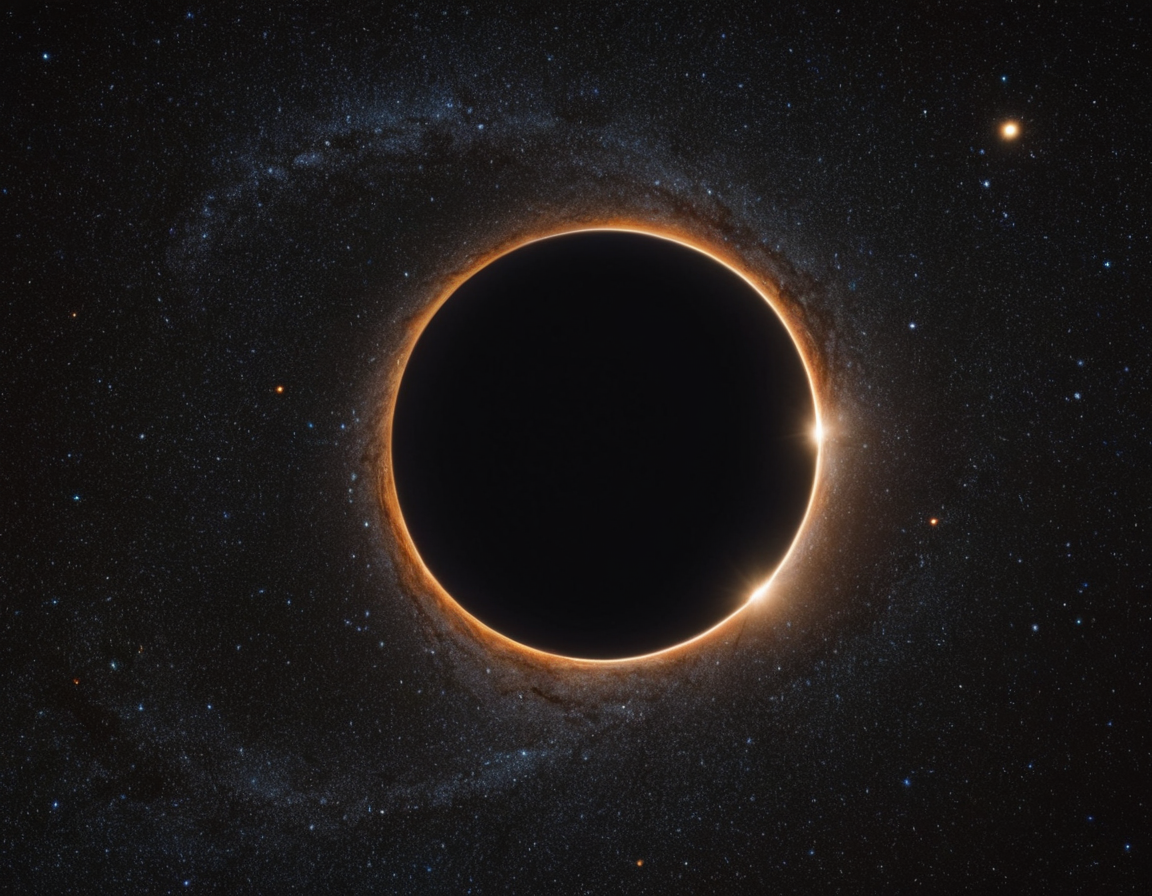Exploring the Mysteries of Black Holes: A Journey Through Wikipedia
The Enigma of Black Holes
Black holes are among the most fascinating and mysterious objects in the universe. They are regions of spacetime exhibiting gravitational acceleration so strong that nothing—no particles or even electromagnetic radiation such as light—can escape from them. The theory of general relativity predicts that a sufficiently compact mass can deform spacetime to form a black hole.

Defining Black Holes
Black holes are categorized by their mass, charge, and angular momentum. The simplest black hole, with no charge or angular momentum, is known as a Schwarzschild black hole. More complex ones are described by the Kerr (rotating) and Reissner-Nordström (charged) solutions of Einstein’s field equations.
Formation
Black holes are formed when massive stars collapse at the end of their life cycle. After a black hole has formed, it can continue to grow by absorbing mass from its surroundings. By absorbing other stars and merging with other black holes, they can grow to an astronomical size, which is categorized as ‘supermassive’ black holes.
Properties and Structure
The edge of the black hole is called the event horizon. This is the point of no return; beyond this, the gravitational pull is so great that escape is impossible. The central part of a black hole, where the mass is concentrated, is known as the singularity. The singularity is where current knowledge of physics breaks down, and the laws of general relativity are no longer sufficient to describe the phenomena.
Detecting Black Holes
Since black holes do not let light escape, they are invisible. However, they can be detected through their interaction with other matter and through gravitational waves produced by black hole mergers. Some of the most fascinating observations have been made by the Event Horizon Telescope, resulting in the first-ever ‘image’ of a black hole’s event horizon.

Impact on Physics
The study of black holes presents a significant intersection of quantum mechanics and general relativity, presenting a challenge known as the information paradox. This paradox, formulated by Stephen Hawking, raises questions about what happens to information when it falls into a black hole, leading to significant research in the field of theoretical physics.
Conclusion
Black holes continue to captivate scientists and the imagination of people worldwide. They are laboratories of extreme physics, and studying them may pave the way to new understandings of the universe.
For those interested in the extensive and detailed physics behind black holes, visiting the Wikipedia page on this topic can provide a deep dive into this cosmic phenomenon.






